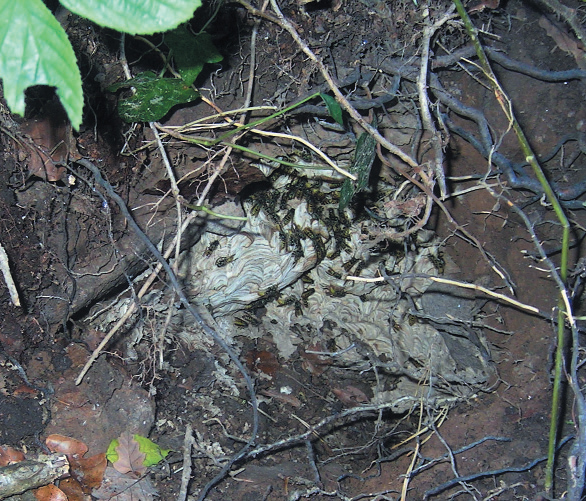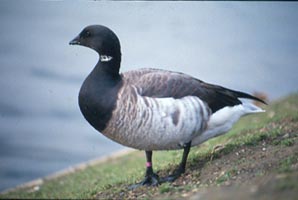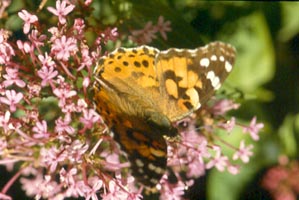|
The theatrical profession
is famously
superstitious and one of the best known traditions is the reluctance to mention
the name of Macbeth when the play is being performed. It’s title and
central character is traditionally referred to as ‘Harry Lauder’.
Harry Lauder was a famous Scottish entertainer, a singer and comedian who
appeared on stage in a kilt, but he was also a very talented composer who
wrote many of the songs he performed including Roamin’ in the Gloamin
and I Love a Lassie. He composed Keep Right on to the End of the Road in
memory of his son who was killed in action in France during the first World
War. He was, at one time, the highest-paid performer in the world, making
the equivalent of £12,700 a night and was the first British performer
to sell more than a million records. Apart from his kilt he played up his
Scottish origins by wearing a Sporran and Tam-OShanter and carrying a twisted
walking stick on stage. Harry Lauder’s Walking Stick was also once
the common name of a tree, the Corkscrew Hazel. The Corkscrew Hazel (Corylus
avellana ‘Contorta) with its twisted spiralling branches originated
from a single tree found in a hedge in 1800 and nearly all the trees now
grown are cultivated by grafting branches on to ordinary Hazel tree stock.
They often produce shoots, or suckers, of ordinary straight hazel stems from
the base of the tree and these have to be cut out to retain its bizarre shape.
The tree looks much better in the winter when the leaves have fallen and
the twirling branches are exposed. The branches are often used as a very
attractive frame for flower arrangements.
The leaves themselves are
contorted as well but aren’t very attractive and the tree looks its
best when its branches are bare in winter and when it gets lovely yellow
catkins and tiny reddish purple flowers in early spring.

Wasp's Nest |
Apparently the ‘twisting’ shape is caused by ‘a naturally
occurring virus that does no harm to the tree other than to create accelerations
in growth unevenly across the width of a shoot. This results in new shoots
that cannot grow straight and true.’ Anyhow, we planted one in our
garden many years ago and it provided much comment over the years. Last
year I found a hazel nut on the cement path and wondered where it came
from, presuming the hybrid hazel wasn’t capable of producing nuts.
You can test if a hazel nut is fertile by putting it in a container of
water, if it floats it’s infertile and if it sinks you can plant
it. I didn’t know that at the time, took the nut, stuck it in a pot
with some compost and was happy to see it shoot and begin to grow. It’s
now a small but perfect , normal, unconvoluted hazel tree. Hazels trees
grow as a native tree in Ireland and apart from the nuts providing a food
source for many birds and animals, a particular favourite of squirrels,
the tree itself supports up to 73 different species of insects. I hope
to plant it sometime but as long as it gets watered regularly it should
be ok in the pot. But where did the nut originate? In mid October this
year I found more hazel nuts lying on the path. I thought maybe some of
the suckers which hadn’t been cut back might have produced them but
in fact when I looked it was amongst the twisted leaves of the Corkscrew
Hazel that I saw little clusters of ripening nuts which was a nice surprise.
The only dilemma now is whether to plant them or eat them.
A pigeon in South Africa recently proved that the animal kingdom is more
technically advanced than the world wide web. Winston, an 11-month-old
bird was equipped with a 4GB memory stick and pitted against the largest
web firm in South Africa, Telkom. The pigeon transported the data in just
two hours. In the same time, the “high-speed” internet service
ADSL managed to send a tiny 4% of the data.
The innovative idea for the race emerged after a member of staff criticised
the speed of data transmission on ADSL and commented that information would
be transported quicker by a carrier pigeon. Winston set off from an office
in Howick and managed to deliver the memory stick to an office in Durham
in just one hour, eight minutes. The data took a further hour to load onto
the companies system. To ensure that the pigeon had no unfair advantages,
strict rules were set in place, for example ‘birdseed must not have
any performance-enhancing seeds within’. Thousands of people followed
the race on Facebook and Twitter. South Africa has notoriously slow broadband
and is awaiting confirmation that it will be
eligible to benefit from three fibre optic cables, which are being set
around the continent of Africa in a bid to speed up internet connections.
|
|



